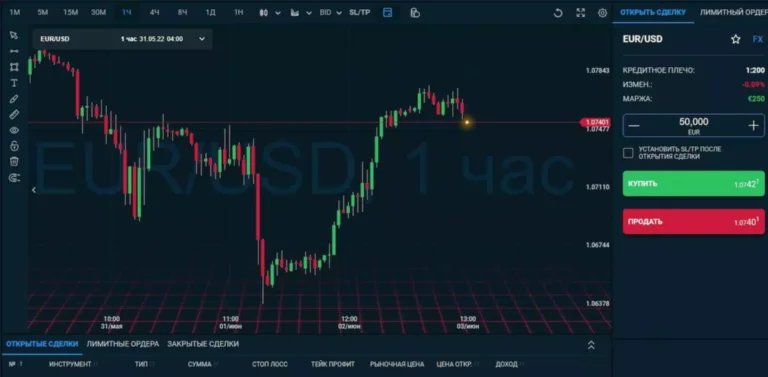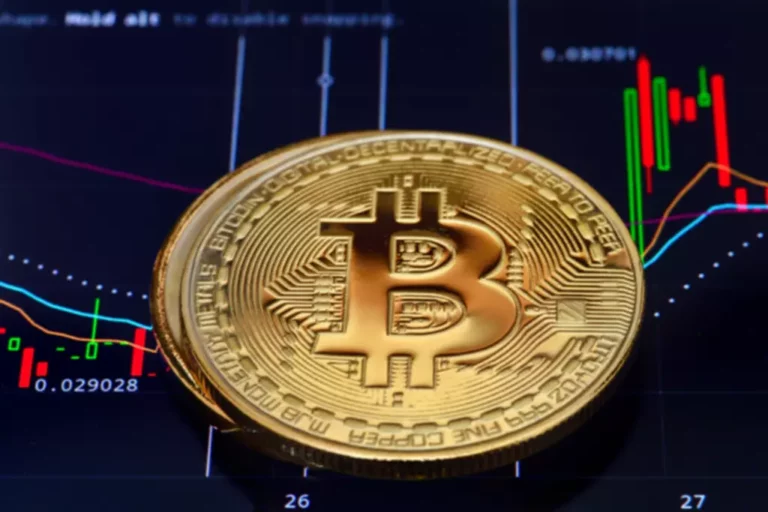The Way To Generate Crypto Revenue With Liquidity Pools
However, the platform costs swappers a zero.3% swapping fee which is shared with the liquidity suppliers. You might discover the token listing right here or additionally be in a position to create a model new one. Usually, a crypto liquidity supplier receives LP tokens in proportion to the amount of liquidity they have equipped to the pool. When a pool facilitates a trade, a fractional charge is proportionally distributed amongst the LP token holders. For the liquidity provider to get back the liquidity they contributed (in addition to accrued fees from their portion), their LP tokens should be destroyed.
On the opposite hand, liquidity pool property usually are not valued in forex but against one another. In a crypto order e-book model, the forex that the asset trades in opposition to can be a cryptocurrency. The best dangers you will encounter in most areas of crypto are smart contract dangers. Liquidity pools are not any exception, as seen in the sequence of Vyper exploits.
Earning Yield on USDC: Best Interest Rates – Bitcoin Market Journal
Earning Yield on USDC: Best Interest Rates.
Posted: Mon, 20 May 2024 12:00:19 GMT [source]
The personal pooling allows only the owner to produce liquidity, update parameters, and full permission. Unlike private swimming pools, all parameters like weights, tokens, charges, etc. are permanently set in a shared pool. Slippage is the difference between the expected value of a commerce and the actual worth at which the trade is executed. This happens as a end result of the worth of assets within the pool are by no means fixed.
Exchanges
Learning how they function could imply the distinction between a great and a bad day in crypto — here’s what to know. SushiSwap (SUSHI) and Uniswap are frequent DeFi exchanges that use liquidity pools on the Ethereum community containing ERC-20 tokens. Liquidity is a fundamental https://www.xcritical.com/ part of both the crypto and monetary markets. It is the style during which property are transformed to money shortly and effectively, avoiding drastic price swings.

Liquidity is essential for any market, especially for crypto buying and selling. Without liquidity, traders may face delays, slippage, or high fees. Liquidity pools are one of the most in style subjects for crypto lovers. Different platforms and protocols have distinctive fashions for managing liquidity pools whereas offering liquidity for varied markets and property.
AMMs were developed to create decentralized exchanges for digital property, using a specific perform that sets predefined costs primarily based on the portions of multiple belongings. In distinction to conventional exchanges that operate with order books, traders engage with a collective pool of belongings as an alternative of particular person counterparts. These liquidity swimming pools are designed to maximise the returns on staked or lent assets through varied strategies.
Liquidity Pools Vs Order Books
Borrowers can take out loans secured by collateral, and users can deposit belongings to receive interest. Keep the product of the two token quantities constant and modify the pricing when trades trigger the ratio to alter. Decentralized finance (DeFi) makes it attainable for anybody with an internet connection to entry most of the similar monetary services that conventional banks provide. Liquidity pools operate in a aggressive setting, and attracting liquidity is a tricky sport when traders continuously chase excessive yields elsewhere and take the liquidity.

This can result in buys being executed at higher costs and sells being executed at decrease costs. More liquidity also means quicker transactions, as there are more funds to go around. Liquidity swimming pools make it potential to commerce crypto without the need for a central intermediary maintaining an order book. This permits merchants to swap tokens instantly from their wallets, decreasing counterparty risk and publicity to sure risks that centralized exchanges could face, like worker theft. In comes the liquidity provider (LP) or pool token, not to be confused with liquid staking tokens.
Ethdydx
The native coin of Kyber Network, i.e., KNC, performs a vital position in the liquidity pool. KNC token is a crucial highlight for rewards supplied by the Kyber network alongside governance of the Kyber ecosystem. Therefore, customers can stake their KNC tokens for participating within the governance of the ecosystem and earn returns in accordance with the parameters of sensible contracts. When you seek for the best liquidity pools, you can not assist but take a look at KeeperDAO.
That’s why most liquidity providers earn trading fees and crypto rewards from the exchanges upon which they pool tokens. When a user supplies a pool with liquidity, the supplier is usually rewarded with liquidity supplier (LP) tokens. LP tokens may be useful assets in their own right, and can be utilized throughout the DeFi ecosystem in various capacities. DeFi protocols enable liquidity suppliers (LPs) to deposit assets into liquidity pools. The decentralized finance (DeFi) motion envisions a world the place borrowing, buying and selling, and different transactions happen with no centralized middleman.

In line with the Trust Project guidelines, the tutorial content on this website is offered in good faith and for basic data functions solely. BeInCrypto prioritizes providing high-quality data, taking the time to analysis and create informative content for readers. While companions might reward the corporate with commissions for placements in articles, these commissions do not affect the unbiased, sincere, and useful content material creation process.
Diy Crypto Tax Plans
The liquidity pool goals to eliminate the issues of illiquid markets by giving incentives to its customers and offering liquidity for a share of buying and selling fees. DeFi activities corresponding to lending, borrowing, or token-swapping depend on sensible contracts—pieces of self-executing codes. Users of DeFi protocols « lock » crypto belongings into these contracts, referred to as liquidity swimming pools, so others can use them. The threat of an impermanent loss is inevitable when partaking in yield farming by way of liquidity pools.

Liquidity pools are also important for yield farming and blockchain-based online video games. Although it is yet to be launched, it guarantees to supply numerous DeFi companies like OINwap, wallet, Lend, Stabecoi, and DAO. Because of its excessive speed, it offers an aggregated liquidity pooling and a near-zero charge. With analysis and data, you’ll find a way to take part as a liquidity provider in a world DeFi panorama. If you wish to exit the liquidity pool, you’ll have the ability to remove your liquidity by redeeming your liquidity tokens on the platform.
Ethx
Do your individual research before investing in any crypto platform and solely invest the quantity you presumably can afford to lose. Liquidity pools are rewriting the fundamental dialogues of trade and transaction, replacing the dialects of restriction and control with lexicons of freedom and autonomy. Enable users to leverage their positions to earn higher crypto liquidity meaning returns with elevated threat. Uses algorithms to manage pool parameters dynamically, balancing between completely different assets. Evaluate the impression of impermanent loss and think about adjusting your position if necessary. Each of these trades nudges the worth, causing a dynamic and perpetual flux.

Learn extra about Consensus 2024, CoinDesk’s longest-running and most influential occasion that brings collectively all sides of crypto, blockchain and Web3. Here is an instance of how that works, with a dealer investing $20,000 in a BTC-USDT liquidity pool utilizing SushiSwap. Numerous developments in the crypto panorama in recent times have introduced us to a brand new world of finance and know-how. The world found an revolutionary method for transforming standard monetary systems, often plagued with a various range of issues.
To create a better trading experience, varied protocols offer even more incentives for users to supply liquidity by providing more tokens for explicit “incentivized” pools. Participating in these incentivized liquidity swimming pools as a supplier to get the maximum amount of LP tokens known as liquidity mining. Liquidity mining is how crypto change liquidity suppliers can optimize their LP token earnings on a particular market or platform. An operational crypto liquidity pool must be designed in a way that incentivizes crypto liquidity suppliers to stake their belongings in a pool.
An AMM is a protocol that uses liquidity pools to allow digital property to be traded in an automatic means rather than via a standard market of patrons and sellers. Another spotlight of Uniswap as top-of-the-line liquidity pools refers again to the exchange charge of zero.3%. Liquidity suppliers get a share within the change charges, based on their share within the liquidity pool. When you provide liquidity to the platform, all you have to do is deposit crypto belongings in return for Uniswap tokens.
 Categories:
Categories:  Tags: |
Tags: | 